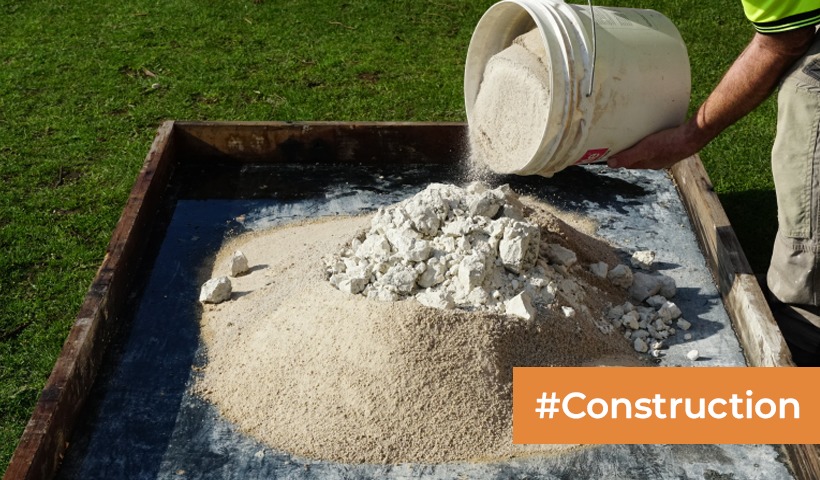Decoding the Role of Weirs in Construction!
In the realm of hydraulic engineering, structures designed to control the flow of water are essential for various purposes. One such structure is a weir, a term often encountered in discussions related to rivers, streams, and water management. In this blog, we’ll explore the definition of a weir, its diverse uses, and how it differs from another common water management structure – the dam.
Defining a Weir:
A weir is a human-made structure placed across an open channel, such as a river or stream, to regulate the flow of water. Unlike dams, which are typically built to store large quantities of water, weirs serve multiple purposes related to flow control, water measurement, and environmental management. Weirs are designed to alter the water’s elevation, aiding in navigation, irrigation, and flood control.
Uses of Weirs in Construction:
- Flow Regulation:
- Weirs are strategically placed to regulate the flow of water in rivers and streams. By controlling the water level, weirs help manage and distribute water resources for various purposes, including agriculture and municipal water supply.
- Water Measurement:
- Weirs are equipped with measuring devices that enable accurate assessment of water flow. This information is crucial for water resource management, irrigation planning, and environmental monitoring.
- Fish Migration:
- In some cases, weirs are designed with fish ladders or other fish-pass structures. These elements allow fish to navigate around the weir, supporting their natural migration patterns and sustaining aquatic ecosystems.
- Erosion Control:
- Weirs can be employed to mitigate the effects of erosion by stabilizing riverbeds and preventing excessive scouring of sediment. This helps maintain the integrity of riverbanks and surrounding areas.
- Hydropower Generation:
- Some weirs are integrated into hydropower systems to harness the energy of flowing water. These weirs create a controlled head of water, allowing for the generation of electricity through turbines.
Key Differences Between Weirs and Dams:
- Purpose:
- The primary purpose of a dam is to impound water, creating a reservoir for various uses such as drinking water supply, irrigation, and power generation. Weirs, on the other hand, are designed to control the flow of water without creating large storage reservoirs.
- Size and Scale:
- Dams are typically large structures, often spanning entire valleys and creating expansive reservoirs. Weirs, in comparison, are smaller structures that may span a portion of a river or stream to control water flow over a specific section.
- Storage Capacity:
- Dams store significant volumes of water, influencing the hydrology of the surrounding area. Weirs, while impacting the local water levels, do not create substantial reservoirs and have a more localized effect on water flow.
- Flow Control vs. Storage:
- Weirs are focused on altering the velocity and elevation of water to achieve specific flow conditions. Dams, in addition to flow control, store large volumes of water for various purposes, including flood control and water supply.
- Environmental Impact:
- The environmental impact of dams is often more substantial due to the alteration of natural river ecosystems and the creation of large reservoirs. Weirs, when designed with consideration for ecological factors, can have a lesser impact on aquatic environments.
In the intricate web of water management and hydraulic engineering, weirs stand as versatile and targeted tools for regulating water flow. Whether supporting agriculture, preserving ecosystems, or facilitating hydropower generation, weirs play a crucial role in the sustainable management of water resources. Understanding the distinct purposes of weirs and dams is essential for effective water infrastructure planning and construction, ensuring that these structures harmonize with the natural environment and meet the diverse needs of society.
Disclaimer: The views expressed above are for informational purposes only based on industry reports and related news stories. PropertyPistol does not guarantee the accuracy, completeness, or reliability of the information and shall not be held responsible for any action taken based on the published information.




